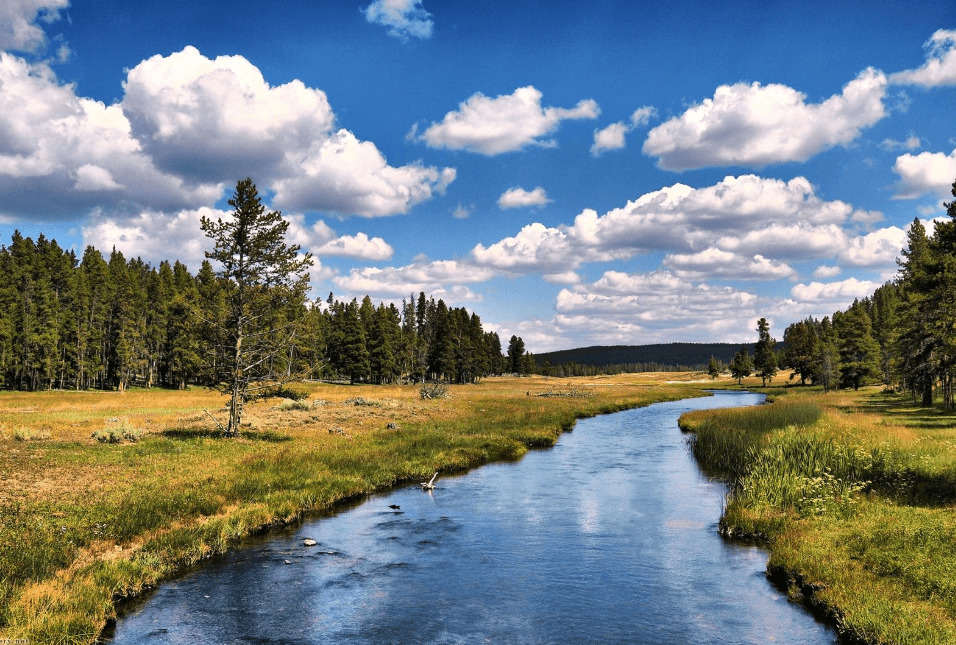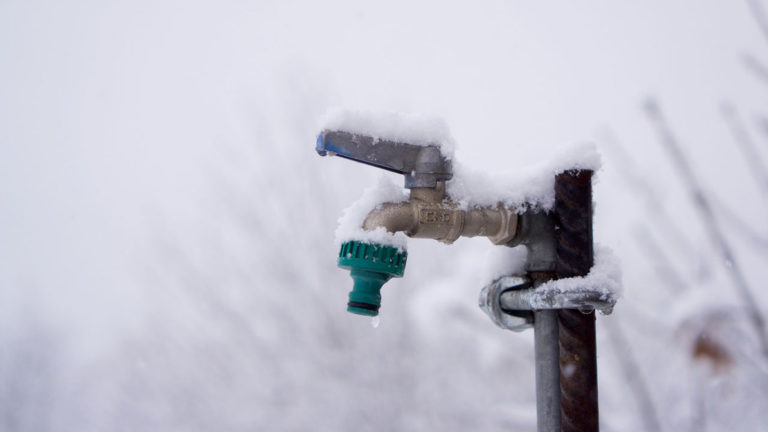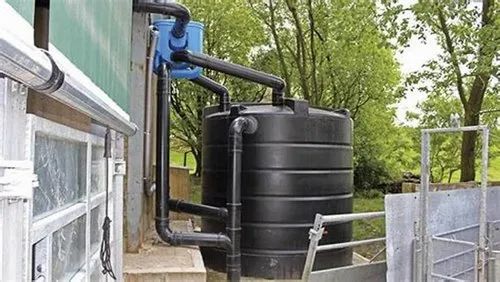As we journey into nature, it is essential that we have access to safe drinking water.
However, finding clean drinking water in streams and rivers can be challenging.
Fortunately, with a few easy steps, you can make safe drinking water from these sources.
This guide will provide simple yet effective methods for purifying river and stream water so that you can stay hydrated during your outdoor adventures.
From filtering out sediments to disinfecting the water, we’ll explore various techniques to ensure a refreshing drink every time you reach for your water bottle.
Look for a safe water source
Look for a source of water that is upstream from any potential sources of contamination, such as farms, factories, or urban areas.
As such, one of the most critical tips for surviving in the wild is to look for a source of water that is upstream from any potential sources of contamination, such as farms, factories, or urban areas.
These sources of contamination can pollute the water with harmful chemicals, bacteria, and other substances that can make you sick or even kill you.
By searching for a source of water that is located upstream from any potential sources of contamination, you can significantly reduce the risk of exposure to these harmful substances.
It’s essential to avoid drinking water from sources that are contaminated with algae, as algae can produce toxic substances that can make you sick.
Instead, look for a source of water that is clear, clean, and free of any visible signs of contamination.
Remember, finding a safe water source is a vital component of surviving in the wilderness, so take the time to locate one carefully.
Use a filter
Use a filter that is designed for water purification, such as a ceramic or carbon filter, to remove sediment, bacteria, and other impurities from the water.
To ensure that your water is safe to drink, it’s essential to use a filter that is designed specifically for water purification.
Ceramic or carbon filters are two effective options that can help remove sediment, bacteria, and other impurities from the water.
These filters work by blocking particles and contaminants, allowing only clean water to pass through.
Ceramic filters use a special type of ceramic material that has small pores, which trap particles and prevent them from passing through.
Carbon filters, on the other hand, use activated carbon, which has a large surface area that captures impurities and removes them from the water.
Both types of filters are highly effective at removing sediment, bacteria, and other impurities, and can greatly improve the taste and odor of your drinking water.
Ceramic and carbon filters can also help reduce chlorine and other chemicals that may be present in the water, making them a great choice for those who are looking for a more natural approach to water purification.
Boil the water
Boil the water for at least 1-3 minutes to kill any bacteria or viruses that may be present in the water.
Boiling water is an effective method for killing any harmful bacteria or viruses that may be present in the water.
To properly boil the water, bring the water to a rolling boil for at least 1-3 minutes.
During this time, the heat from the boiling water will kill any bacteria or viruses that may be present, making the water safe to drink.
It’s important to note that boiling water alone may not be enough to remove all contaminants, such as heavy metals or other chemicals, so additional treatment methods may be necessary.
However, boiling water is a simple and effective way to ensure that the water is free from harmful bacteria and viruses, and it’s a important step in making the water safe to drink.
Use a chemical disinfectant
Use a chemical disinfectant, such as chlorine or iodine, to kill any bacteria or viruses that may be present in the water.
Using a chemical disinfectant, such as chlorine or iodine, is an effective way to kill any harmful bacteria or viruses that may be present in the water.
When choosing a disinfectant, it is important to select one that is specifically designed for use in drinking water and to follow the manufacturer’s instructions for proper usage.
Chlorine is a common disinfectant used in drinking water treatment plants and can be effective against a wide range of pathogens, including bacteria, viruses, and protozoa.
Iodine is another disinfectant that is often used in emergency situations where chlorine is not available.
Iodine is effective against bacteria and viruses, but it may not be as effective against protozoa.
When using a chemical disinfectant, it is important to properly mix and apply the solution according to the manufacturer’s instructions.
It is also important to let the solution sit for the recommended amount of time before consuming the water to ensure that all pathogens have been killed.
It is important to test the water regularly to ensure that the disinfectant is working effectively and that the water is safe to drink.
Add a purification tablet
Add a purification tablet, such as chlorine or iodine, to the water to kill any bacteria or viruses that may be present.
When traveling to areas with uncertain water quality, adding a purification tablet to your drinking water can provide an extra layer of protection against bacteria and viruses.
Purification tablets can be purchased at most outdoor supply stores or online, and they typically contain chlorine or iodine as the active ingredient.
These tablets work by disinfecting the water, killing any harmful microorganisms that may be present.
To use a purification tablet, simply drop one into your water bottle or container, and let it dissolve before drinking.
Be sure to follow the manufacturer’s instructions for proper use and dosage, as excessive use of these tablets can be harmful.
By adding a purification tablet to your drinking water, you can ensure that your water is safe to drink and reduce your risk of getting sick from contaminated water.
Use a UV purifier
Use a UV purifier to kill any bacteria or viruses that may be present in the water.
Using a UV purifier is an effective way to kill any harmful bacteria or viruses that may be present in your water supply.
UV purifiers use ultraviolet light to target and destroy the DNA of these microorganisms, rendering them unable to replicate and cause illness.
Unlike other purification methods, UV purifiers do not add any chemicals to the water, making it a safer and more eco-friendly option.
UV purifiers are easy to maintain and can be easily installed in your home or business.
By using a UV purifier, you can have peace of mind knowing that your water is free from harmful bacteria and viruses, and that your family or customers are protected from waterborne illnesses.
Wait for the water to clear
Wait for the water to clear before drinking it, as any sediment or impurities will settle to the bottom over time.
Waiting for the water to clear before drinking it is important to ensure the safety of your drinking water.
When water is poured or drawn from a source, any sediment or impurities present in the water will settle to the bottom over time.
These impurities can include dirt, bacteria, viruses, and other contaminants that can pose serious health risks if ingested.
By waiting for the water to clear, you allow any sediment or impurities to settle to the bottom, leaving you with cleaner and safer drinking water.
This is especially important in areas with known water contamination issues or during times of natural disasters when water sources may be compromised.
To ensure the water is clear, you can monitor the water’s clarity over time and wait until the water is crystal clear before drinking it.
You can use a water filter or purifier to further clarify the water and remove any remaining impurities.
Taking the time to wait for the water to clear is a simple yet effective way to ensure the safety of your drinking water.
Use a collapsible water filter
Use a collapsible water filter, such as the LifeStraw, to remove sediment and bacteria from the water. These filters are small and lightweight, making them easy to carry on hikes or other outdoor activities.
If you’re planning on spending time in nature, especially in areas with questionable water quality, a collapsible water filter is an absolute must-have.
One of the most popular and highly-recommended options is the LifeStraw, a small, lightweight filter that can be easily carried in a backpack or daypack.
With its sleek and compact design, it won’t take up much space, but it will provide you with clean drinking water no matter where you are.
The LifeStraw is designed to remove sediment and bacteria from water, giving you peace of mind whenever you need to refill your water bottle.
Whether you’re hiking, camping, or simply enjoying a day at the beach, this filter will ensure that your water is safe to drink.
It’s also a great option for emergency preparedness, as it can be used in a variety of situations where access to clean water may be limited.
Not only is the LifeStraw easy to use and lightweight, but it’s also highly effective at removing impurities from water.
With its unique filter technology, it can remove 99.99% of bacteria and 100% of viruses and parasites, providing you with safe and clean drinking water no matter where you are.
Plus, the filter is designed to last for a long time, making it a cost-effective option in the long run.
Overall, the collapsible water filter is a game-changer for anyone who spends time in nature or needs a reliable source of clean drinking water.
It’s lightweight, easy to use, and highly effective at removing impurities, making it an essential item for any outdoor adventure or emergency preparedness kit.
Want More? Dive Deeper Here!
Hey there! If you’re the type who loves going down the rabbit hole of information (like we do), you’re in the right spot. We’ve pulled together some cool reads and resources that dive a bit deeper into the stuff we chat about on our site. Whether you’re just killing time or super into the topic, these picks might just be what you’re looking for. Happy reading!






